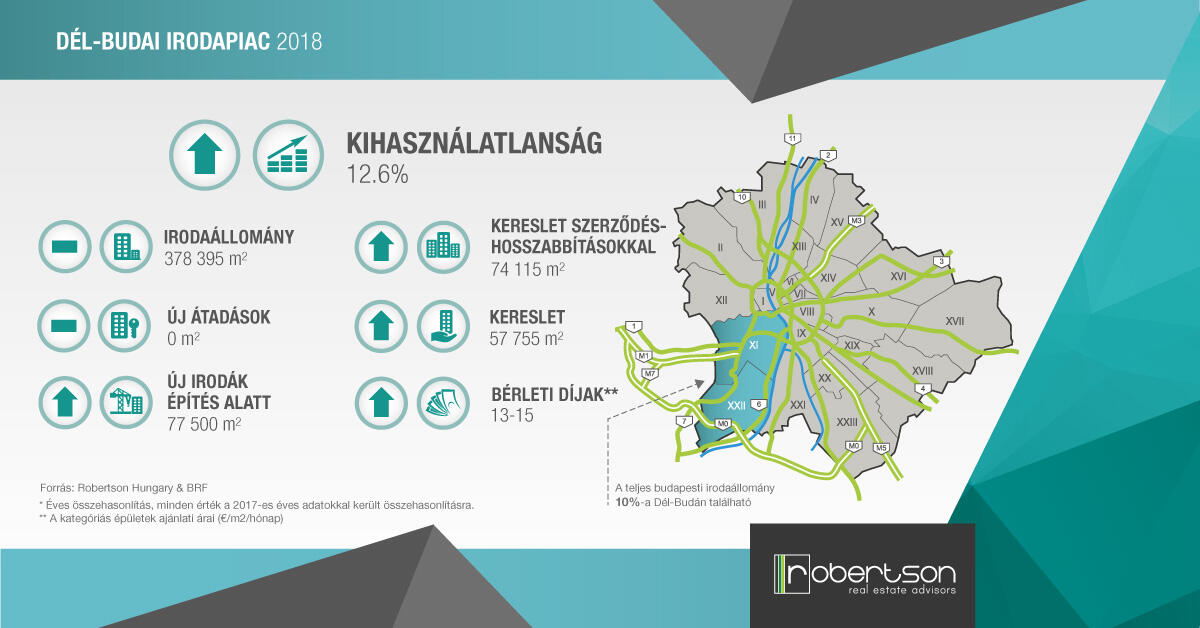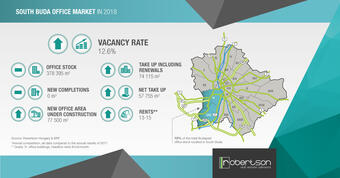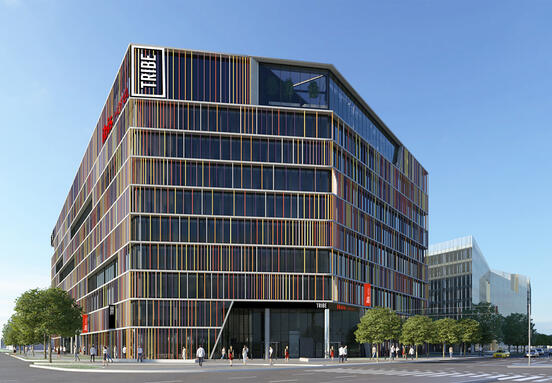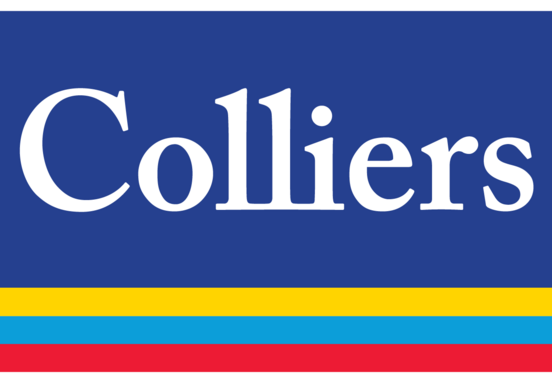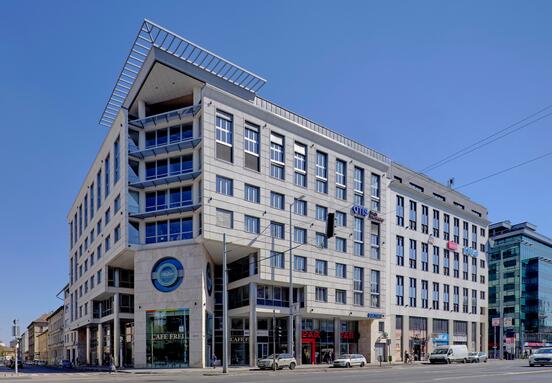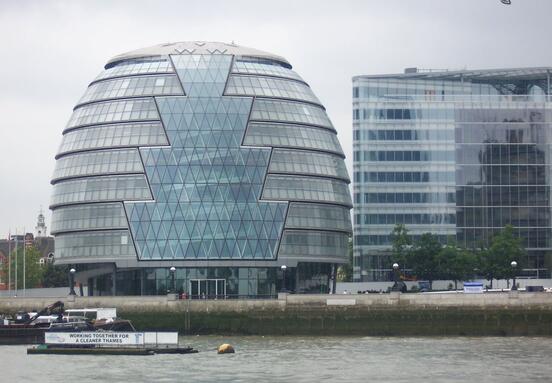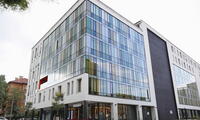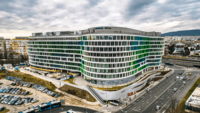According to Robertson Hungary, the popularity of the South Buda office market grew significantly over the past 20 years. The momentum had started in 1998 with the inauguration of the first phase of Infopark. In the past 20 years the popularity and size of the submarket increased at an incredible pace. At present, 10% of the modern offices are located here, and the office market is set to grow further with the delivery of the future developments. Beyond Váci Corridor, the South Buda office market grew at the most dynamic pace in the recent decade. Due to the high level of demand, an office of 1,000 sq. m or larger was almost impossible to find in the submarket in the past two years. By the beginning of 2018, the vacancy rate reached a record low with 2.7%. This trend has turned by the end of 2018.
The South Buda office market has always been a preferred location for IT and telecom companies due to the high number of IT and technical higher education institutes located in District 11. The submarket is also popular among FMCG and business service centres requiring strong foreign language skills. The enterprises of the submarket like the location. The headquarters of MOL and Evosoft located in South Buda, and their new, modern headquarters are under construction here in the submarket.
The location is close to District 12 and M1, M7 motorways with easy access to the city centre and the southern areas of Pest via Rákóczi Bridge. The growth of the submarket was supported by infrastructural developments (Metro 4, a new tram network in Buda, the extension of tram line 1), a growing number of services e.g. new shopping centres, restaurants and cafés. It’s worth noting that the office buildings of the submarket have a higher parking area ratio, which helps to fulfil a considerable demand.
Over 2018, due to the relocation of Magyar Telekom and some large enterprises to the Pest side of the city, several thousand sq. m of office area became available again. By the end of the year, the vacancy rate reached 12.6%. A range of office areas of varying size and quality were vacated, alleviating the scarcity of adequate vacant areas. Some of the buildings were built in the late 90’s but there are buildings of higher technical quality e.g. South Buda Business Park, which is only 10 years old. Thanks to the new developments, the office supply is going to be more versatile. With the handover of the new office buildings (Bartók Udvar II, Budapest One, BudaPart Gate), state-of-the-art office buildings will be available in the submarket. Luckily for companies interested in the submarket, South Buda is able to offer vacant office space of differing quality and varying price ranges. The rents of the prime assets came close to the rental levels on Váci Road. The office buildings of the submarket are competitive both in terms of quality and location, and there is further development potential in South Buda. The accessibility of the submarket became more effortless with the completion of Metro Line 4. Tram line 1 is set to reach Kelenföld Railway station this year providing better access to the submarket residents arriving from the Agglomeration.
Róbert Tilki, Managing director of Robertson Hungary, stressed that ‘By 2018, the vacancy rate sharply increased in the South Buda office market, however landlords are still in a good position. The popularity of the submarket is steady, a significant portion of the vacated office areas of 2018 is already let out or being negotiated. In line with the current trends the vacated and brand-new office areas are expected to be rented out shortly. The interest is vivid, and our mission as consultants is to help the negotiations turn into valid lease contracts by the end of the day.’
Robertson
